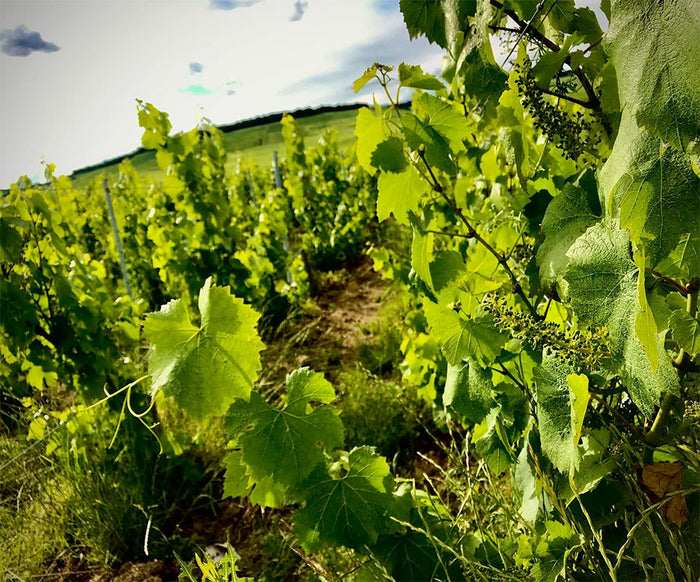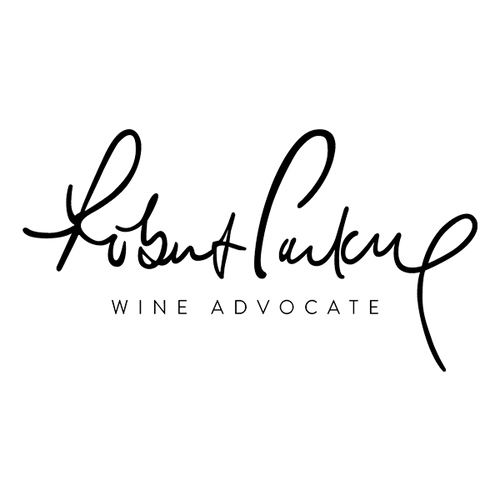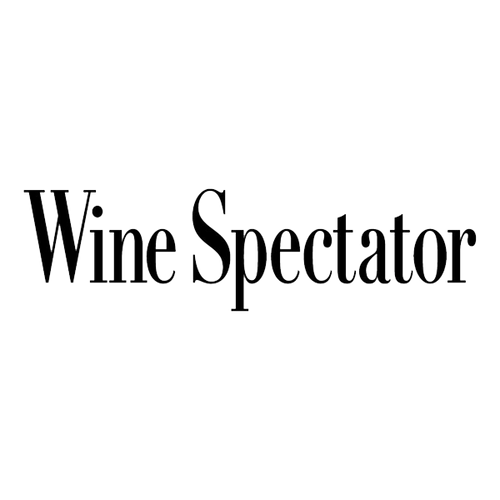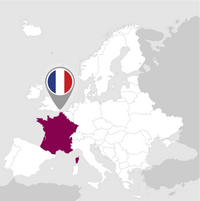Description
Blanc de Blancs Extra Brut Champagne from the Champagne region, produced by Larmandier-Bernier. 100% Chardonnay. 0.75L bottle. A Blanc de Blancs that expresses the elegance of the Vertus terroir, with careful vinification that enhances its purity. Aromas of smoke, incense, salty herbs, anise, and pear. Awarded 91 points by Robert Parker and 90 by Wine Spectator. Ideal as an aperitif or paired with fish, shellfish, and cheeses.
Awards
Details

Perfume

Taste
Serve at:
06 - 08 °C.
Longevity:
15 - 25 years

Pairings
From the beginning of the 20th century, the Larmandiers made Champagnes which very quickly proved their fine qualities. Thus Jules Larmandier and then his son, Philippe Allyre, began to supply the great Parisian restaurants (la Tour d'Argent, Taillevent, Charlot Roi des Coquillages, …).
In 1971, Philippe Larmandier, the grandson of Jules, created with his wife, Elisabeth Bernier, who owned vineyards in Vertus, Larmandiers-Bernier Champagne. Upon the death of her husband in 1982, Elisabeth managed the family estate and developed the sales, particularly in Belgium and Switzerland. In 1988, Pierre, the son of Philippe and Elisabeth, who had just graduated from Nantes Business School, decided to return to the job "which flowed in his veins".
Pierre is striving to refine still further his work in the cellar in order to bring the grapes to the glass in the best possible way, by putting the originality of each terroir first.
In 2002, he bought about ten acres of vines in Vertus. Ten acres in Vertus is already exceptional, but what is perhaps unique in Champagne is the fact that these vines have never known any weed-killer, nor any processed household refuse. The soil is and always has been ploughed. The previous owner, who was taking retirement, knew that the vines would continue to be ploughed.
The estate was awarded one, and then two stars in the guide 'Classement des Meilleurs Vins de France'. Pierre Larmandier was selected by the 'Revue des Vins de France' as 'most promising figure for wine 2002' and 'winegrower of the year 2003' by Bernard Burtschy of GaultMillau. In 'The New France', Andrew Jefford considered that "few winegrowers in Champagne have such an impressive range of Champagnes". Read more


| Name | Larmandier Bernier Champagne Blanc de Blancs Latitude Extra Brut |
|---|---|
| Type | White green classic method sparkling wine extra brut |
| Denomination | Champagne AOC |
| Size | 0,75 l |
| Alcohol content | 12.5% by volume |
| Grape varieties | 100% Chardonnay |
| Country | France |
| Region | Champagne region |
| Vendor | Larmandier-Bernier |
| Story | We decided on 'Latitude' as it seemed to give a better description of this cuvée, with its completely round, rich and fascinating style. |
| Origin | Vertus (France) |
| Wine making | Natural alcoholic fermentation (natural yeast) and malolactic fermentation begin spontaneously in barrels, wooden vats and our stainless steel tanks. The wines are left on their natural lees for almost a year and undergo batonnages without any filtering or clarification. Blending and bottling take place in July. |
| Aging | The bottles are then brought down to the coolness of the cellars, where the second fermentation begins and maturation 'on laths' takes place over a period of more than 2 years. |
| Allergens | Contains sulphites |






